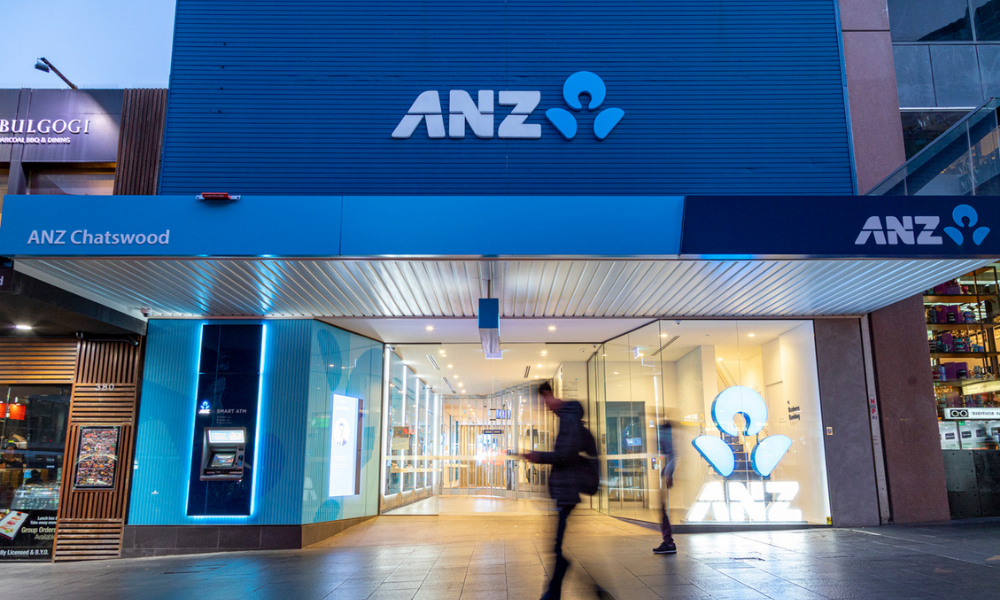Performance for the remainder of 2022 is likely to be more consistent with consensus expectations

After seeing worse-than-expected first-quarter margins, ANZ now expects headwinds to moderate in the second half, as the impact of rising interest rates in New Zealand filters through.
While weaker than consensus expectations, analysts said the result shows the right momentum following a slight dip in mortgage rates and with approval times for simple loans speeding up.
Read more:
Leading economist gives 2022 forecast for New Zealand interest rates
ANZ fixed mortgage rates surge
“Overall, the update appears softer than what is implied by our current first-half forecasts, but a number of the areas of softness, including net interest margins, expenses, and markets income, appear, at this stage, largely contained to the first quarter, with performance for the remainder of financial year 2022 likely more consistent with our expectations,” Goldman Sachs analyst Andrew Lyons told Australian Financial Review.
The bank’s shares closed down 1.6% at $26.65, recovering some early losses after being down as much as 5.35% in Monday morning trading.
UBS analyst John Storey said it would be difficult for ANZ to achieve the earlier forecasted 8% cash growth due to its high cost base and despite the bank saying bad debts would be down $44 million more than earlier forecast.
ANZ said its operating costs would be “broadly flat” in the first half, but investment spending would be higher to embed the ANZx digital transformation program, as well as within its retail and commercial divisions.
Continued tough competition for new mortgages resulted in an eight-basis-point decline in ANZ’s margins in the first quarter to 1.57%, which was worse than consensus expectations. Jarden analyst Carlos Cacho said this was despite being offset by two basis points of positive contribution from funding benefits.
New Zealand loans and weaker markets income, meanwhile, dragged margins down by five basis points and four basis points, respectively. But Cacho expects higher interest rates and changes in deposit pricing to provide positive impetus in the next quarter.
“Guidance suggests pressure should moderate in the second quarter, with the impact of rising rates, predominantly in New Zealand, and recent deposit pricing changes,” Cacho told AFR.
In a statement to the stock exchange, ANZ said its Australian first-quarter home loan balance sheet increased “slightly,” but was troubled by higher exit rates, as it cited “structural headwinds impacting the sector.”
“Given the high levels of refinancing activity in the sector, managing both attrition and margins remain key areas of focus,” ANZ said.
Lyons said ANZ’s proportion of fixed-rate mortgages – which are locked in at lower interest than the standard variable rate and therefore yield a lower margin – has declined steadily across the first quarter – from 50% to 46% to 40% in January, AFR reported.



